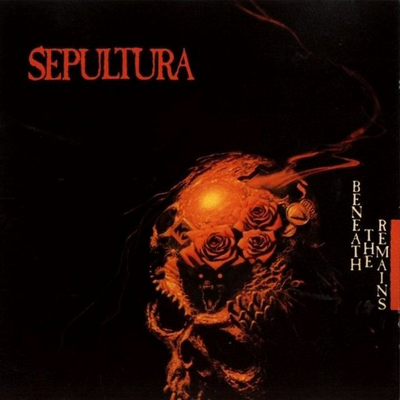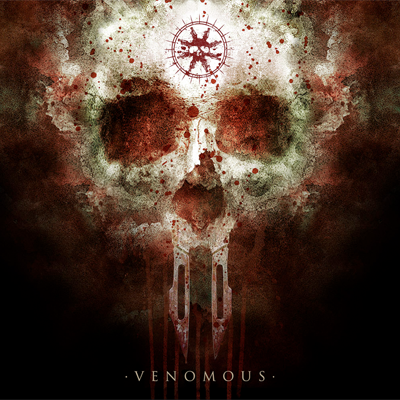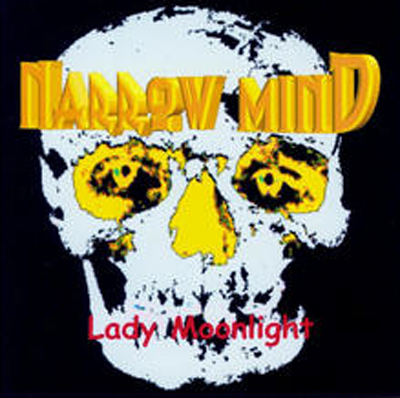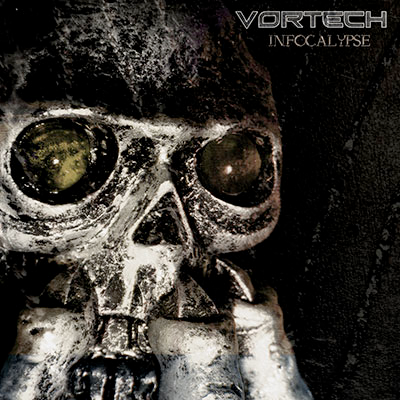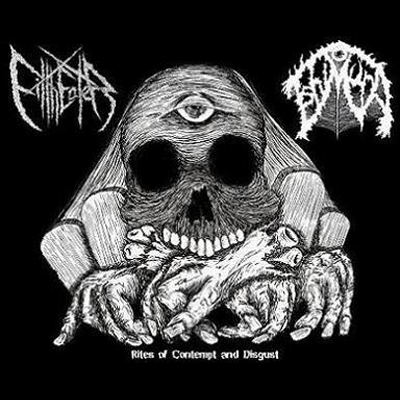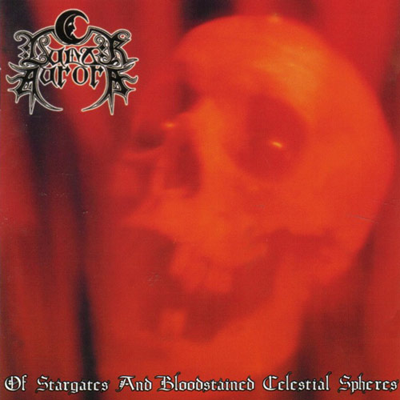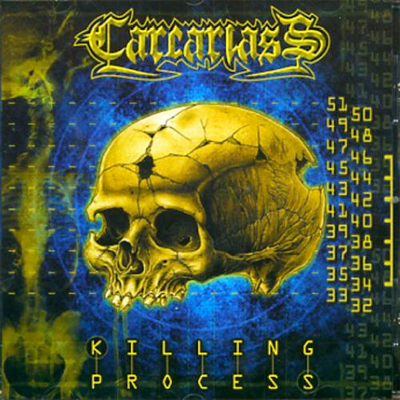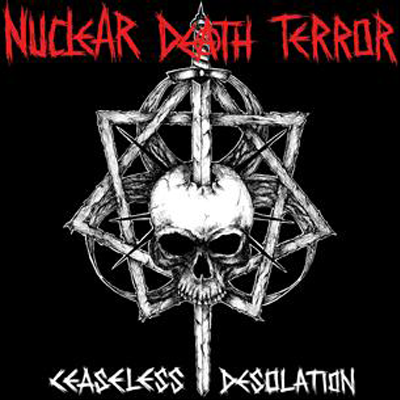
NUCLEAR DEATH TERROR, Ceaseless Desolation (2008, self-released)
The skull:
I could be mistaken, but I think this is the first biohazard symbol admitted into the Skullection. At least, I can’t recall another one. Then again, for as cool as that symbol is, it has obviously been poisoned forever by bandana clad jumpmen from Brooklyn, so it’s not too surprising that most of the metal scene has steered wide of that iconography. In this case, you have to actually look pretty hard to even make it out, under the horns, spikes, sword and septagram. What, they couldn’t squeeze in a radiation symbol and a chaos star? It’s especially funny that a band called Nuclear Death Terror would opt for the biohazard symbol over the radiation symbol, but hey, these guys are anarchists and they do what they like!
The music:
This is straight-up Scandinavian d-beat, and while that’s not normally my thing, there’s something weirdly appealing about this. It sounds like Bolt Thrower doing Discharge covers, and the singer bears a more-than-slight vocal resemblance to the mighty Martin van Drunen. Sure, every song is pretty much the same, and that tiring d-beat beat dominates, but the guitar tone is sharp, the songs are intense, and at just over 10 minutes, this EP knows exactly how long it’s welcome. This is a long out of print demo CD, and while I could download the tunes from Bandcamp, I probably won’t, even though I enjoyed listening to them well enough, because I doubt this would have any staying power for me, but just the fact that this assignment wasn’t torture amounts to a ringing endorsement.
— Friar Johnsen
